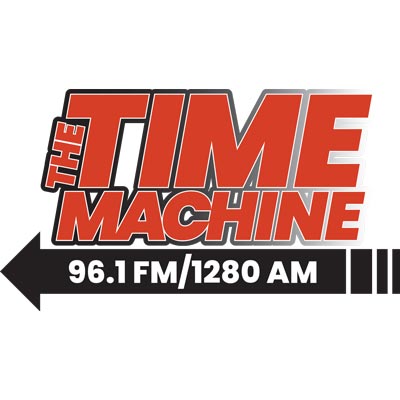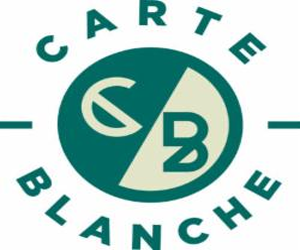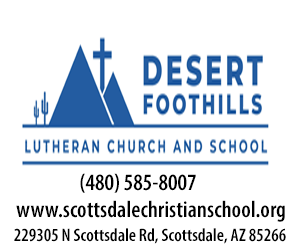(The Center Square) — Gov. Katie Hobbs has announced that over 900 children will gain access to child care assistance.
In June, the governor signed the Arizona Promise Budget, which distributed $125.9 million in state and federal funds for child care. Hobbs’ press release notes that this is the biggest investment of state general funds in child care since the Great Recession, which lasted from 2007 to 2009.
Hobbs said that as she traveled in the state, she heard from many families about the struggle to afford child care. She explained these stories are why the Arizona Promise Budget included this investment.
The governor added she will “continue to fight for Arizona families and to make child care more affordable and accessible.”
The state government sent families letters, emails and text messages saying they’re now off a waitlist and will receive aid from the Child Care Assistance Program. The program helps Arizonans pay for child care, which allows family members to work and pursue their education.
But many people remain on the waitlist. As of July 25, the Child Care Assistance Program’s website states 3,856 families and 6,449 children are currently on it.
This program only applies to families that have children under age 13.
Reacting to the news about the child care investment, state Economic Security Director Michael Wisehart said he was “grateful” to Hobbs and the Legislature for caring for Arizona’s children and working families.
“This will empower hundreds of families to further their careers and education, knowing their children are cared for,” he explained.
Kelley Murphy, the alliance coordinator for the Arizona Early Childhood Alliance, called this investment “long overdue.” She added that this investment will “help children across Arizona access high-quality early education and help their parents stay in the workforce.”
“We are thankful to the governor and the Legislature for recognizing the importance of putting resources into this essential public service,” she said.
Arizona has the 23rd most expensive child care costs in the U.S., according to WalletHub.






